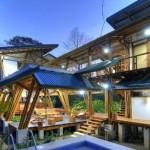Bridges not only serve a purpose of connecting two pieces of land but also carry with them a delineation of cultures, designs, and technology. They embody the architectural prowess and skill of the time when they were built, and often add more charm and appeal to a city’s landscape. This article will shine a spotlight on some of the world’s most exquisite bridges, showcasing a range of dazzling designs from the ever-popular and widely recognized Golden Gate Bridge to Santiago Calatrava’s contemporary delicacies in Peace Bridge and Margaret Hunt Hill Bridge. For a more extensive range of remarkable structures, dive into our article on famous architecture.
Golden Gate Bridge, San Francisco, California, USA
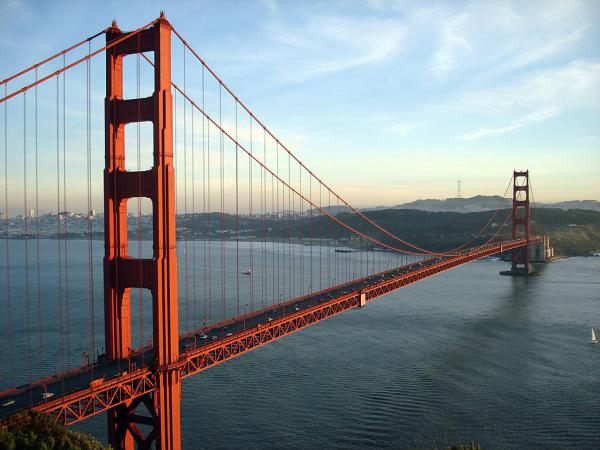
Inaugurated in 1937, the Golden Gate Bridge has since become an iconic landmark of San Francisco and one of the most photographed bridges globally. With a total length of 8,981 feet (2,737 meters) and a main suspension span of 4,200 feet (1,280 meters) – which was the longest in the world until 1964 – the bridge has 746,000 rivets in each of its two towers.
Designed by Charles Alton Ellis and Joseph Strauss, the Golden Gate Bridge boasts a breathtaking Art Deco style, with its International Orange color making it visible even through the city’s frequent fog. This vibrant hue also ensures safe passage for ships in the bay. The bridge attracts over 10 million visitors each year and will forever be remembered as an engineering marvel and a symbol of American progress.
Tower Bridge, London, England
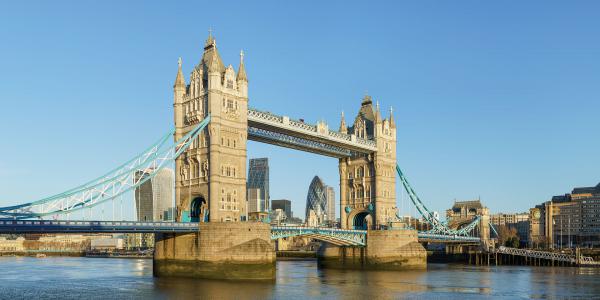
Another emblematic structure, Tower Bridge, was opened in 1894 by the then-Prince of Wales (later King Edward VII) after its eight-year construction. This Victorian-gothic masterpiece was designed to accommodate the growing vehicular and pedestrian traffic around London’s East End, as well as permit tall-mast ships to pass through the Thames River.
Encompassing a combined bascule and suspension bridge system, Tower Bridge contains two central bascules that can be raised with precision – bearing testament to the impeccable engineering of the time. Its granite and steel façade contribute to a modern yet classic appearance, making it a perennial favorite among tourists, photographers, and artists.
Sydney Harbour Bridge, Sydney, Australia
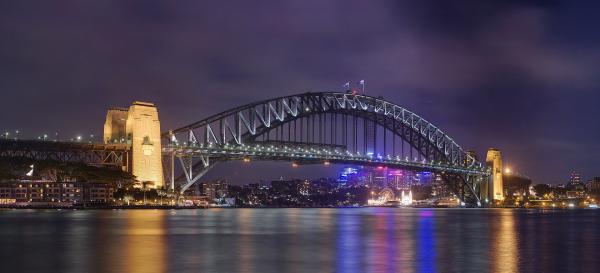
Fondly named “The Coathanger” due to its recognizable arch-based design, the Sydney Harbour Bridge opened in 1932 and serves as a vital link between Sydney’s central business district and the North Shore. Designed by British architect Sir Ralph Freeman, this imposing steel structure boasts a total length of 3,770 feet (1,149 meters), making it the world’s largest steel arch bridge.
When it comes to its design, the Sydney Harbour Bridge is truly breathtaking. At its highest point, it stands 440 feet (134 meters) above sea level, offering panoramic views of the harbor and Sydney’s iconic Opera House. More than 160,000 vehicles cross this historic structure daily, and tourists can even embark on guided bridge climbs for a thrilling, bird’s eye perspective.
Pont du Gard, Vers-Pont-du-Gard, France
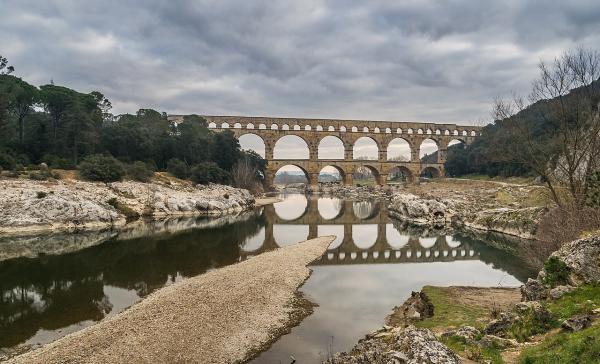
The Pont du Gard is an ancient Roman aqueduct bridge that spans the Gardon River near the town of Vers-Pont-du-Gard in southern France. Constructed during the 1st century AD, this architectural masterpiece formed part of the Nîmes Aqueduct – which extended roughly 30 miles (50 kilometers) between Uzès and the historical city of Nîmes.
In addition to being one of the highest aqueduct bridges ever built by the Romans, the Pont du Gard is a testament to their engineering brilliance. Displaying precision construction and robust materials, the structure consists of three tiers of arches and measures 902 feet (275 meters) in length. Its well-preserved state led to the Pont du Gard’s designation as a UNESCO World Heritage Site in 1985.
Millau Viaduct, Millau, France
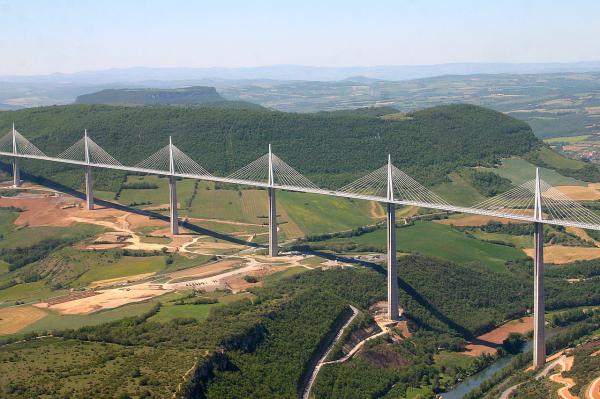
Resembling a giant centipede, the Millau Viaduct is a modern wonder and the tallest bridge in the world. At its highest point, it stands at 1,125 feet (343 meters) above the valley floor – taller than the Eiffel Tower. Completed in 2004, the Millau Viaduct was designed by renowned architects Sir Norman Foster and Dr. Michel Virlogeux.
A cable-stayed bridge, the Millau Viaduct features seven piers supporting the spectacular roadway that stretches across the Tarn River Valley in southern France. Besides its aesthetic appeal, the bridge was an engineering revelation as it solved a critical traffic bottleneck along the A75 motorway by bypassing the town of Millau.
Amsterdam Iconic Pedestrian Bridge, Amsterdam, Netherlands
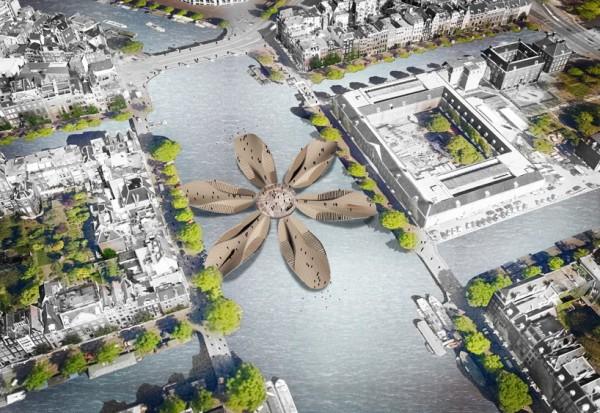
The Amsterdam Iconic Pedestrian Bridge is a compelling example of modern bridge design. Envisioned by the Dutch architectural studio UNStudio, this unique, multi-functional structure exists as more than just a bridge – it’s a dynamic living space complete with restaurants, cafes, public spaces, and even an amphitheater.
This innovative design amplifies the notion of a bridge as a connecting platform by incorporating various social activities and urban life. With its fluid form and interwoven paths, the bridge encourages interaction, exploration, and socialization, ultimately blurring the lines between infrastructure and urban life.
Peace Bridge, Calgary, Canada
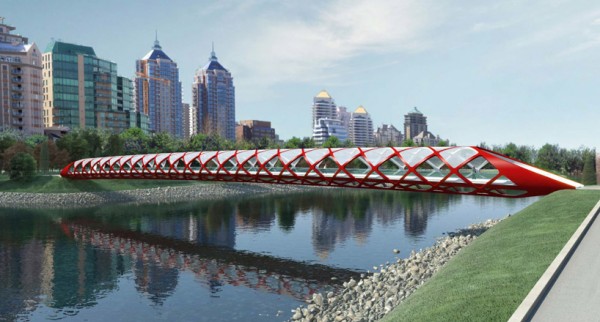
Designed by celebrated Spanish architect Santiago Calatrava, the Peace Bridge is a pedestrian and bicycle bridge that crosses the Bow River in Calgary, Alberta, Canada. Completed in 2012, the bridge distinguishes itself by its red helical steel frame, measuring 426 feet (130 meters) and enclosing a glass roof.
Calatrava designed the bridge with maximum transparency in mind – allowing for clear views of the Bow River, making it an integral part of the surrounding landscape. The Peace Bridge remains a shining example of modern bridge design, integrating practicality and beauty seamlessly.
Margaret Hunt Hill Bridge, Dallas, Texas, USA
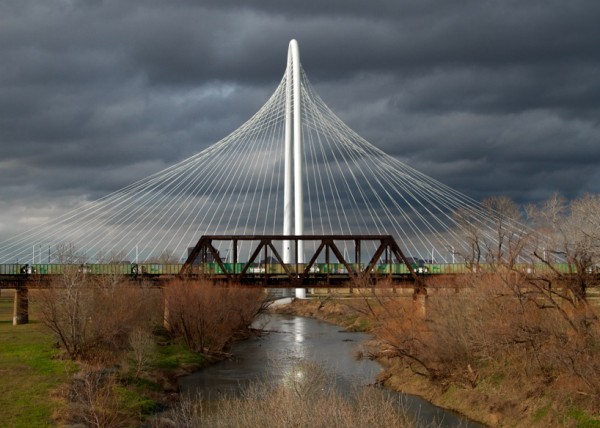
Another Santiago Calatrava creation, the Margaret Hunt Hill Bridge, opened in 2012 in Dallas, Texas. The nearly 1,870 feet (570 meters) long bridge spans the Trinity River and connects downtown Dallas to the Singleton Boulevard. The cable-stayed bridge is a product of collaborative planning between state and local government, the U.S. Army Corps of Engineers, and private partners.
The bridge’s 40-story center arch – composed of white steel – is instantly recognizable and contributes to the visual harmony between Margaret Hunt Hill Bridge, the Calatrava-designed Margaret McDermott Bridge, and the surrounding cityscape.
Amsterdam Bridge V, Amsterdam, Netherlands
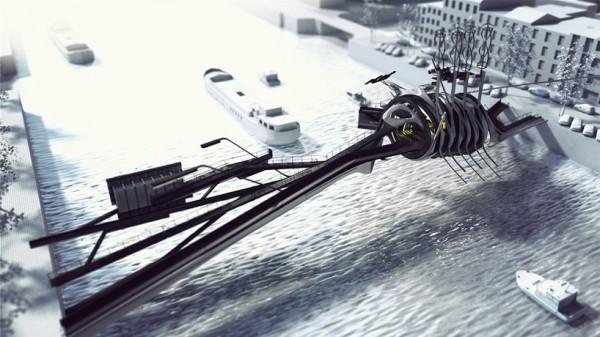
A new addition to Amsterdam’s collection of more than 1,600 bridges, Amsterdam Bridge V was designed by the Danish firm, Architekt Kristoffer Tejlgaard. With striking diamond-plate patterns and LED lights illuminating its surfaces, this pedestrian and bicycle bridge is an eye-catching addition to the city’s canal system.
Reflective, transparent materials provide the bridge with a lightweight, ephemeral quality that complements Amsterdam’s historic architecture. Undoubtedly, Amsterdam Bridge V is a fine example of a contemporary structure that plays with light and visibility while preserving the city’s rich heritage.
Coronado San Diego Bridge, San Diego, California, USA
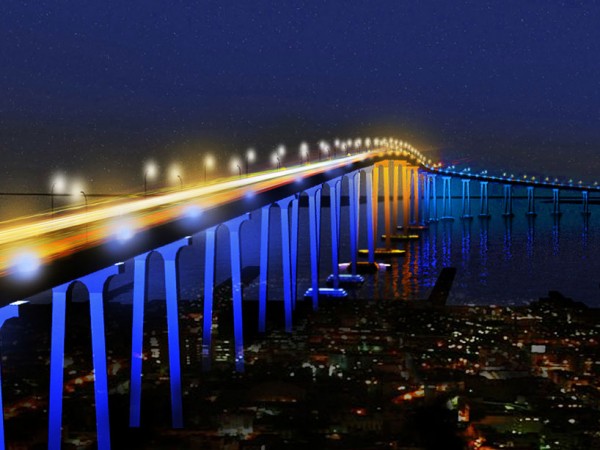
The Coronado San Diego Bridge, completed in 1969, connects the city of San Diego with the town of Coronado. Stretching 2.12 miles (3.4 kilometers) across the San Diego Bay, the bridge takes the form of a delicate curve, alluding to the effortless flow that it creates in the area’s natural landscape.
As a rare example of a high-clearance bridge with a sharp curve, the Coronado Bridge posed a significant engineering challenge in its construction. The bridge’s blue hue and majestic height – standing at around 200 feet (61 meters) – blend harmoniously with the surrounding environment, symbolizing the union of land, sea, and technology.
Conclusion
Bridges not only act as connectors but also as embodiment of world-class engineering, inspiring designs, and thriving social centers. Whether they manifest as ancient architectural wonders like the Pont du Gard or modern artistic statements like the Margaret Hunt Hill Bridge, these structures encapsulate the spirit of human innovation and ingenuity.


